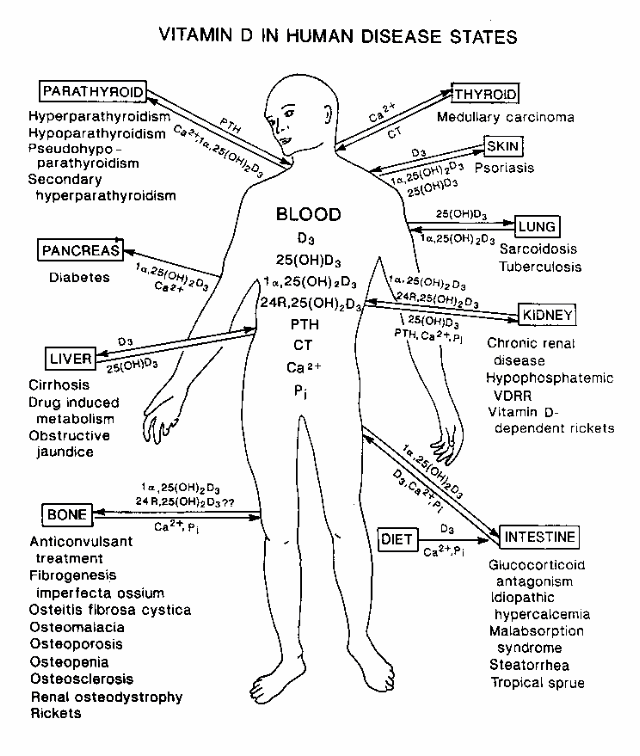Mesenchymal Stem Cells for Treatment of Cardiovascular Diseases
Mesenchymal Stem Cells Role in Cardiovascular Diseases
 The use of stem cells in treatment of various diseases has been given lots of consideration in the recent past. scientists have been busy doing researches trying to find out if the stem cell therapy which is termed by many as the medical miracle of the 21century can be a break in treatment of the diseases that have proved stubborn to conventional treatment methods. Stem cells have various properties that other cells do not have and this is the major reason why they have been in the lips of every regenerative doctor. There are different types of stem cells but the mesenchymal stem cells have been the major focus of integrative medicine practitioners.
The use of stem cells in treatment of various diseases has been given lots of consideration in the recent past. scientists have been busy doing researches trying to find out if the stem cell therapy which is termed by many as the medical miracle of the 21century can be a break in treatment of the diseases that have proved stubborn to conventional treatment methods. Stem cells have various properties that other cells do not have and this is the major reason why they have been in the lips of every regenerative doctor. There are different types of stem cells but the mesenchymal stem cells have been the major focus of integrative medicine practitioners.
Degenerative diseases are known to wreak havoc in the body’s ability to self-renew and rejuvenate. They affect the way the nervous system works causing a breakdown in the communication between the nerves which eventually causes various ailments. Degenerative diseases have not been very easy to treat in the past but with stem cell therapy, there is hope for not only degenerative diseases but also the much dreaded cardiovascular diseases as well.
Why mesenchymal stem cells?
The mesenchymal stem cells are not sought after for nothing. They have a lot to offer especially in this age when degenerative diseases are enslaving many people and the conventional medicine is not offering the much needed break. Mesenchymal stem cells are sourced from either the adipose tissues or from the bone marrows and are described as a rare type of cells which are multi-potent and rich in medicinal properties. The unique properties of the mesenchymal stem cells have made them a target as therapy for various diseases and currently they have been used for treatment of arthritis among other conditions. They have been found to be also very effective in moderating the functions of dendritic cells, immune cells, B cells, natural killer cells, monocyte or macrophages, T cells, and neutrophils.
Just like the rest of the Stem cells, the mesenchymal stem cells are precursors of all cells and have the ability of forming cells of other types such as the hematopoietic, bone, endocrine organs, nervous and cardiovascular system, and cartilage and muscle tissue. It is the unique ability of the mesenchymal to shift shape and form other cells that they have been targeted for treatment of cardiovascular diseases.
Research on Mesenchymal stem cells for cardiac diseases treatment
Cardiac diseases have caused many deaths and are still among the leading causes of death worldwide. however the conventional medicine such as myocardial infarction haven’t helped much in treatment of these diseases and this led to the research on the possibility of the stem cells being used for this course. The Hematopoietic stem cells were the first to be researched on and used for clinical trial. In some trials the therapy worked while in others they didn’t give the much expected results and this led to consideration of other stem cell types.
The mesenchymal stem cells were the most promising of all the types owing to their strong paracrine function, which gives them potential immunomodulatory effects via anti-inflammatory and antiapoptotic actions. It is this property that may give them the ability to counteract the pathological mechanisms that are involved in various cardiac diseases. They can also be trans-differentiated into cardiomyocytes.
In 1999, Makino S and his colleagues first demonstrated the differentiation of MSCs into cardiomyocytes in vitro. Their research concluded that Cardiomyocytes can be generated from marrow stromal cells in vitro. Makino and his colleagues aren’t the only scientists to have worked on viability of MSCs ability to treat cardiac diseases, Wang JA and his colleagues did a trial that involved transplanting Allograftic bone marrow-derived mesenchymal stem cells into heart infarcted model of rabbit to renovate infarcted heart, they found out that the rabbits who had mesenchymal stem cells transplant had a lower mortality rate of 16.7% as opposed to the controls whose mortality rate was at 35%.
 Another study was done in 2005 by Hatton N and his counterparts, it involved transplanting purified cardiomyocytes differentiated from bone marrow MSCs in vitro into adult mouse hearts, after three months the transplanted cells had survived and were sloping in parallel to the cardiomyocytes of the recipient heart. These and other animal trials have all showed the ability of mesenchymal stem cells in treatment of cardiovascular diseases.
Another study was done in 2005 by Hatton N and his counterparts, it involved transplanting purified cardiomyocytes differentiated from bone marrow MSCs in vitro into adult mouse hearts, after three months the transplanted cells had survived and were sloping in parallel to the cardiomyocytes of the recipient heart. These and other animal trials have all showed the ability of mesenchymal stem cells in treatment of cardiovascular diseases.
Through research, there has been a growing body of evidence that the mesenchymal stem cells have the multiple paracrine effects that even without cell replacement can affect cardiac remodeling, angiogenesis and cytoprotection hence are clinically beneficial.
The hopes were held even higher after another researcher; Ohnishi S showed that the mesenchymal stem cells have a role in inhibiting cardiac fibrosis by regulation of collagen synthesis by cardiac fibroblasts, as well as their effects on fibroblast proliferation.
The mesenchymal stem cell therapy are the medical miracle of the 21century, you need to be updated their applicability in treatment of various diseases, visit www.awaremednetwork.com for more information about bone marrow transplant and stem cell transplantation. Dr. Dalal Akoury is an experienced doctor in integrative medicine; she will be able to assist. From the same website you can also visit http://www.integrativeaddiction2015.com and be updated on upcoming Integrative Addiction Conference 2015. The conference will deliver unique approaches to telling symptoms of addiction and how to assist patients of addiction.








 The environment
The environment Another example of microenvironment is that of antimicrobials in the mucosal surfaces of the
Another example of microenvironment is that of antimicrobials in the mucosal surfaces of the 






 Sex addiction is a problem that many people are battling with in
Sex addiction is a problem that many people are battling with in  The honest truth is that what causes sex addiction women is until now poorly understood but researchers have pointed fingers at childhood neglect or abuse, such as physical or emotional abandonment or other forms of trauma. Most of females who are sex addicts are reported to have experienced
The honest truth is that what causes sex addiction women is until now poorly understood but researchers have pointed fingers at childhood neglect or abuse, such as physical or emotional abandonment or other forms of trauma. Most of females who are sex addicts are reported to have experienced 





 The benefits that a person can draw from
The benefits that a person can draw from  There is something that many people have never known; your capillaries are modified under the sun and that the skin is linked to the autonomic nervous system, vitamin D is also a seasonal stress hormone popularly known as a chronobiological stress hormone. This is a phenomenon that needs no rocket science to be proven; if you are keen you will realize that after basking in the sun your stress levels go down and this is not the only benefit, there is more you will gain when you look far beyond the UVB portion of the spectrum. The UVB helps in synthesis of vitamin D.
There is something that many people have never known; your capillaries are modified under the sun and that the skin is linked to the autonomic nervous system, vitamin D is also a seasonal stress hormone popularly known as a chronobiological stress hormone. This is a phenomenon that needs no rocket science to be proven; if you are keen you will realize that after basking in the sun your stress levels go down and this is not the only benefit, there is more you will gain when you look far beyond the UVB portion of the spectrum. The UVB helps in synthesis of vitamin D.





 Stem cells
Stem cells Replacement– here the stem cells can be used to replace the damaged cells.in degenerative diseases like osteoporosis the damaged tissues can be replaced with fresh stem cells that will proliferate into more functional bone issues and relieve the system of the damaged tissues. the stem cells can be transplanted in autologous manner where the stem cells will be harvested in the adipose or the bone marrow and be used to replace the affected cells in organ. with autologues stem cell transplant the issue of donor is not a problem neither are there issues of rejection nor the need for immunosuppression .
Replacement– here the stem cells can be used to replace the damaged cells.in degenerative diseases like osteoporosis the damaged tissues can be replaced with fresh stem cells that will proliferate into more functional bone issues and relieve the system of the damaged tissues. the stem cells can be transplanted in autologous manner where the stem cells will be harvested in the adipose or the bone marrow and be used to replace the affected cells in organ. with autologues stem cell transplant the issue of donor is not a problem neither are there issues of rejection nor the need for immunosuppression .




